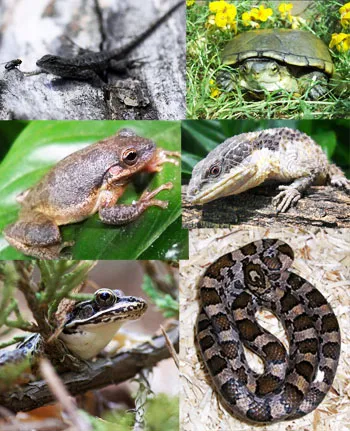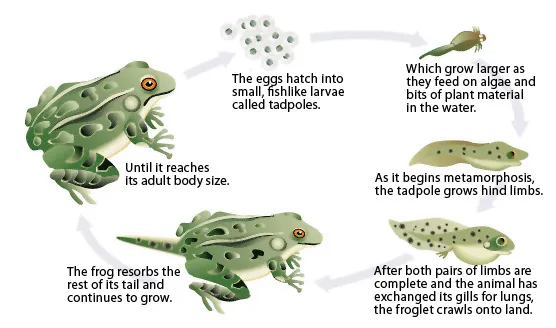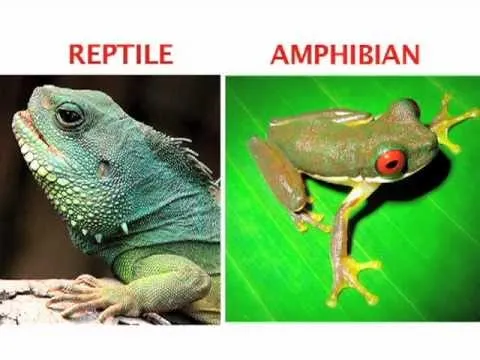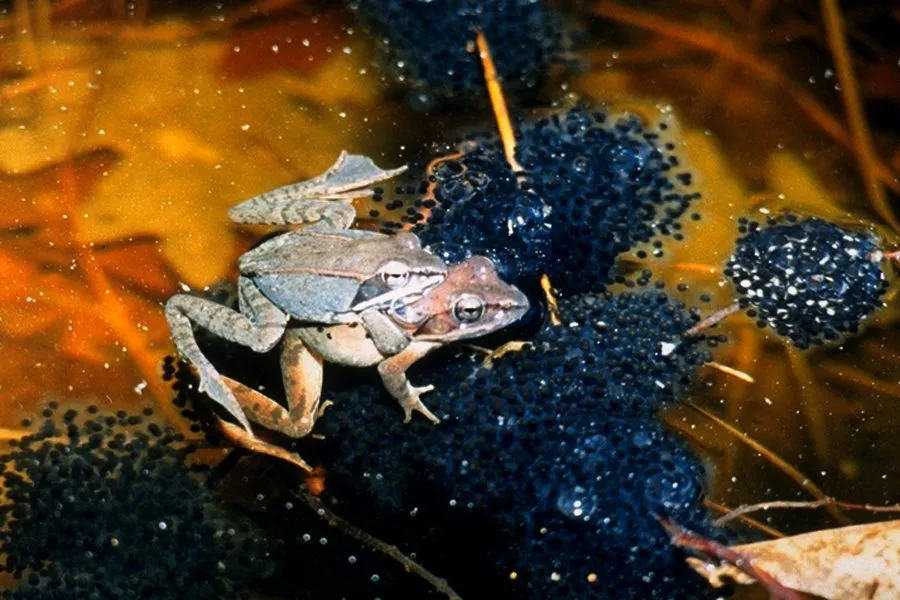When I tell people that I am a museum herpetologist, I get a lot of confused looks and blank stares. Not many people outside the biological field really know or understand just what exactly herpetology is. Herpetology is simply the study of reptiles and amphibians, or more accurately "poikilothermic, ectothermic tetrapods". That’s a mouthful and complete gibberish to most people so I just say reptiles and amphibians. Herpetologists study the 3 branches of amphibians (frogs/toads, salamanders, and caecilians) and 6 branches of reptiles (snakes, lizards, crocodiles, turtles/tortoises, amphisbaenids, and tuataras), and their role in the environment.
 Photo and Credit
Photo and Credit
Many people have difficulties telling reptiles and amphibians apart. Perhaps not their fault as reptiles and amphibians are often conveniently jumbled together simply because they are “creepy crawlies”. Herpetology comes from the Greek word “herpien” meaning “to creep”, and literally translates into “the study of the creeping things”. Seriously, reptiles and amphibians were originally grouped together because people thought they were creepy. So to help clear up some confusion, I thought I’d post today and talk about some of the characteristics that separate amphibians and reptiles.
Metamorphosis: Reptiles are just like people, they are born looking like a smaller, younger version of the adults. During their lifetime they will grow, but not undergo any radical changes in body structure. Most amphibians (barring a few species that look like tiny adults at birth) are born into a larval stage, usually called tadpoles, and will later metamorphose into their adult form. This metamorphosis completely changes their physical structure, sometimes adding legs, shrinking tails, growing lungs or eliminating gills.
Skin and Coverings: Amphibians have smooth, porous skin that allows for the transfer of water across the membrane. This skin is usually wet or even sticky to the touch as many amphibians have mucous glands to keep their skin moist (allowing for respiration). Reptiles are dry to the touch and covered in scales made of keratin (the same material as hair and fingernails). There is a layer of skin beneath the scales, sometimes seen in “scale-less” pets. Reptiles are also occasionally covered in bony or keratinized spikes and osteoderms (scales with embedded bone serving as armor). Reptiles also have claws on their fingertips while amphibians do not.
Eggs: Amphibian eggs are encased in a soft, gel-like structure, with no hard covering for protection. To keep the eggs from drying out, frogs and other amphibians will lay eggs either in the water or a suitably damp location. Reptiles lay amniotic eggs, covered in a hard or leathery shell. Eggs are either laid on land or retained within the mother’s body until they hatch, which she will then give live birth to the hatchlings.
Reproduction: Amphibians have external fertilization, in which the female lays her eggs and the male proceeds to fertilize them. Reptiles, like mammals, have internal fertilization and must mate to produce offspring (except for an odd few that undergo parthenogenesis and require no mate).
Respiration: All reptiles breathe using lungs, and inhale and exhale either through their mouth or nose. Some amphibians have gills and respire in the same manner a fish would. Others have lungs, but unlike reptiles, absorb much of their oxygen through their skin (though they will also breathe through their nostrils). Even most species that have lungs once had gills prior to their metamorphosis.
Defenses: With no nails and only basic teeth in some species, amphibians must rely on chemical defense to deter predators. Many produce toxic skin secretions that can have varying effects on predators; some taste bad, others are deadly (the tetrodotoxin found in eastern newts is the strongest vomit-inducing agent known!). Reptiles are able to defend themselves with both claws and teeth, and their scales add and extra sort of armor against predation. Some even produce venom which they inject to deter or kill would-be predators.
Though there are many similarities between these two groups, reptiles and amphibians represent two vastly different classes of animals, each with very unique characteristics. Originally grouped together for convenience, herpetology is a rather interesting field because it groups together animals that are not quite as closely related as we once believed them to be!







